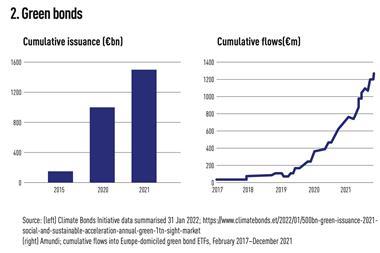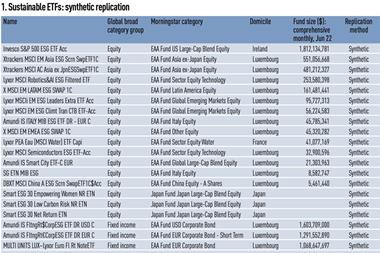Pension assets on the balance sheets of Swiss companies continued to fall by a further 3.3% in Q3 2022, leading to a reduction of the pension Index by 4.4%, according to quarterly pension finance watch published by consultancy WTW.
On average, Swiss pension funds recorded negative returns year-to-date of close to -13%, it added.
However, with interest rates rising and set to peak in the mid to short term, it is worth investing pension assets in bonds instead of equities, according to Alexandra Tischendorf, head of investment at WTW.
Within the fixed income segment, investment grade bonds offer good opportunities for investments as credit valuations dropped and high yield default rates are rising, WTW said.
Corporate pension funds saw funding ratios, the relationship between pension assets and liabilities, decrease to 125.3% at the end of September, from 129.7% at the end of June this year, according to the consultancy.
Liabilities of corporate pension funds remained overall relatively stable in Q3, compared with the end of Q2, around 20% lower than at the beginning of the year, and close to their lowest levels in nine years based on international accounting standards.
The rise in discount rates had a positive impact on pension liabilities and in turn on the balance sheet of companies in the first half of this year, offsetting the decline in value of the assets, WTW noted.
For Q3 volatility on the corporate bond market had only a marginal impact on discount rates and pension liabilities of corporate pension funds, it added.
Adam Casey, head of corporate retirement consulting at WTW in Zurich, said: “Despite volatile market conditions, very poor asset returns year to date and the unusual inversion of the corporate bond yield curve, companies can still expect improved net pension balance sheet liabilities compared to the beginning of the year.”
The inversion of the yield curve means that the market is pessimistic about the economic prospects for the near future.
“The shape of the yield curve [also means that] for companies reporting their pension balance sheets on a quarterly basis is more difficult to estimate roughly whether their liabilities will have increased or decreased over the quarter, as this will depend on the duration of the plan,” Casey explained.
An inverted yield curve meant that for plans with durations up to 16 years the discount rate improved in Q3, but for plans with longer durations the discount rate decreased over the quarter.
The latest digital edition of IPE’s magazine is now available




























No comments yet